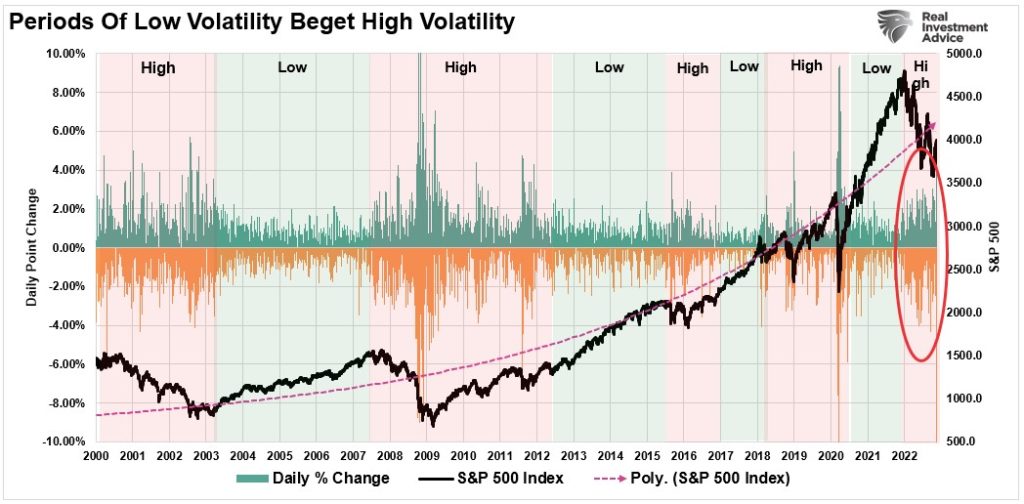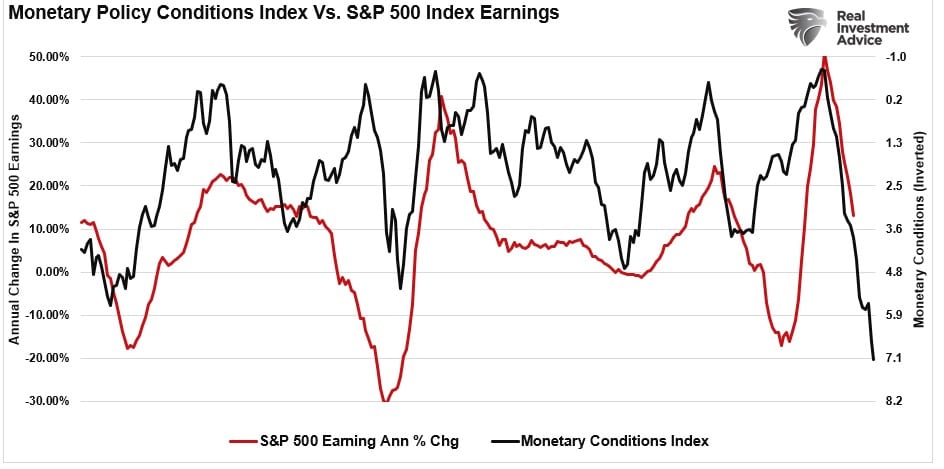More Bearish Market Action Before the Bull Can Run
US500
+0.59%
Add to/Remove from Watchlist
Add to Watchlist
Add Position
Position added successfully to:
Please name your holdings portfolio
Type:
BUY
SELL
Date:
Amount:
Price
Point Value:
Leverage:
1:1
1:10
1:25
1:50
1:100
1:200
1:400
1:500
1:1000
Commission:
Create New Watchlist
Create
Create a new holdings portfolio
Add
Create
+ Add another position
Close
DX
-0.24%
Add to/Remove from Watchlist
Add to Watchlist
Add Position
Position added successfully to:
Please name your holdings portfolio
Type:
BUY
SELL
Date:
Amount:
Price
Point Value:
Leverage:
1:1
1:10
1:25
1:50
1:100
1:200
1:400
1:500
1:1000
Commission:
Create New Watchlist
Create
Create a new holdings portfolio
Add
Create
+ Add another position
Close
US2YT=X
-0.22%
Add to/Remove from Watchlist
Add to Watchlist
Add Position
Position added successfully to:
Please name your holdings portfolio
Type:
BUY
SELL
Date:
Amount:
Price
Point Value:
Leverage:
1:1
1:10
1:25
1:50
1:100
1:200
1:400
1:500
1:1000
Commission:
Create New Watchlist
Create
Create a new holdings portfolio
Add
Create
+ Add another position
Close
US10Y…
-0.54%
Add to/Remove from Watchlist
Add to Watchlist
Add Position
Position added successfully to:
Please name your holdings portfolio
Type:
BUY
SELL
Date:
Amount:
Price
Point Value:
Leverage:
1:1
1:10
1:25
1:50
1:100
1:200
1:400
1:500
1:1000
Commission:
Create New Watchlist
Create
Create a new holdings portfolio
Add
Create
+ Add another position
Close
Following the weaker-than-expected October inflation report, stocks surged on hopes the Fed will pivot” sooner than later. As we discussed recently, a “policy pivot” is not necessarily bullish but instead suggests more bearish market action will come first. To wit:
 Monetary Conditions Index vs SP500
Monetary Conditions Index vs SP500
The measures the 2-year Treasury rate, which impacts short-term loans; the 10-year rate, which affects longer-term loans; inflation which impacts the consumer; and the dollar, which impacts foreign consumption. Historically, when the index has reached higher levels, it has preceded economic downturns, recessions, and bear markets.
Not surprisingly, the tighter monetary policy conditions become, the slower economic growth tends to be.
 Monetary Policy Index Vs GSP
Monetary Policy Index Vs GSP
The bullish expectation is that when the Fed finally makes a such will end the bear market. However, while that expectation is not wrong, it may not occur as quickly as the bulls expect.
Notably, the monetary policy conditions index suggests that more bearish action is likely before the next bull market cycle can begin.
Outlook Remains Bearish For Now
Investors are dealing with a bearish market for the first time in over a decade. Such is something that many investors in the stock market today have never witnessed firsthand. Nonetheless, it has been a challenging year on many fronts, given the enormous number of negative days and increases in daily volatility.
However, we warned this could be the case in 2021 when we discussed that
 Low Volatility Beget High Volatility
Low Volatility Beget High Volatility
While periods of high volatility eventually subside, the bearish period for stocks is ultimately tied to the monetary conditions present in the economy at the time. If we invert our monetary conditions index and compare it to the annual changes in the price of the S&P 500 index, the correlation becomes apparent.
 Monetary Conditions Index Vs SP500 Annual Change
Monetary Conditions Index Vs SP500 Annual Change
As should be expected, with the Federal Reserve aggressively hiking rates and the US dollar index surging in 2022, monetary conditions are extremely tight. Such suggests that until those monetary conditions reverse, the market will continue to trade within a bearish trend. Such is because, as should be apparent, tighter monetary conditions reduce corporate earnings and profit margins.
 Monetary Conditions Index vs SP500 Earnings
Monetary Conditions Index vs SP500 Earnings
The strong dollar alone is problematic for companies with foreign sales, which account for nearly 40% of corporate revenue. However, adding to that risk, higher borrowing costs, wages, input prices, and the ability to maintain margins in a slower economic environment becomes exceedingly difficult.
Therefore, it should be unsurprising that stocks will need to reprice lower in the coming year to adjust for slower earnings growth.
7-Rules To Navigate The Final Leg Of A Bearish Market
While anything is possible in the near term, complacency has quickly returned to the market. Investors are very optimistic that the Fed will pivot and the next bull market will start. However, there are numerous reasons to remain mindful of the risks.
- .
So what do you do?
We remain optimistic about the markets due to share buybacks, seasonality, and bullish sentiment. As we have repeatedly stated, the market could rise to between 4000 and 4100 by year-end. However, as we enter 2023, we remain concerned about the broader macro risks and the risk the Federal Reserve will by hiking rates too much. Such keeps us cautious, so we continue reiterating the importance of remaining unemotional and focusing on managing portfolio risks.
Everyone approaches money management differently. Our process isn’t perfect, but it works more often than not.
The important message is that this bearish cycle will end, and the next bull cycle will begin.
Remember, if you beforehand, you are out of the game.



